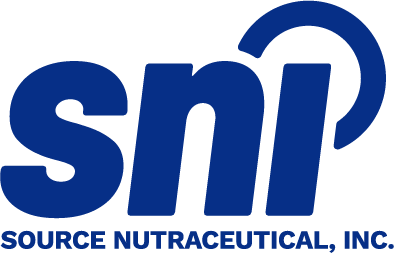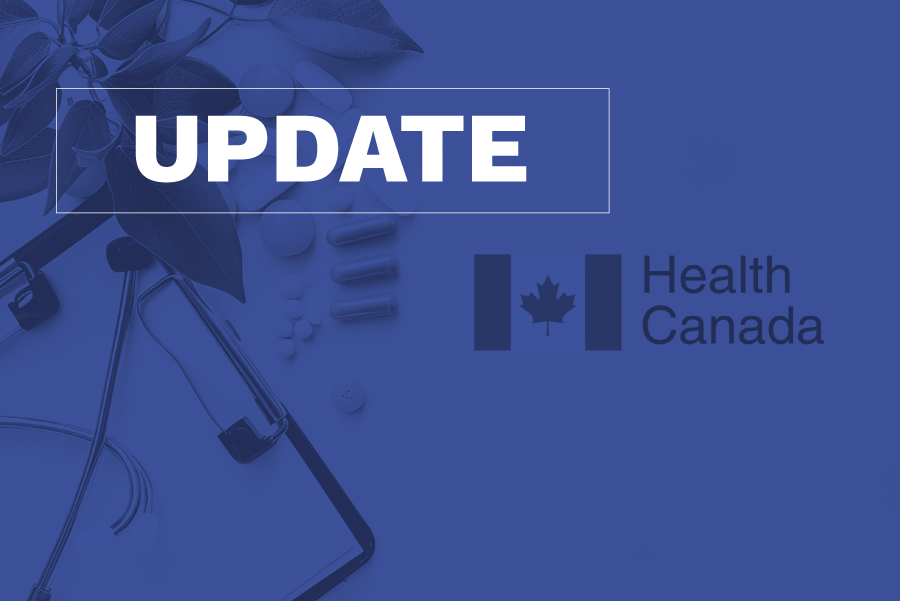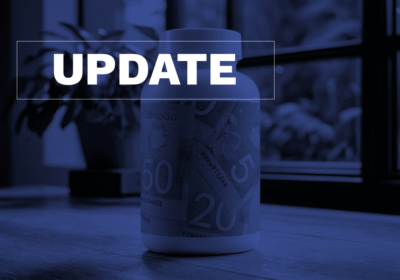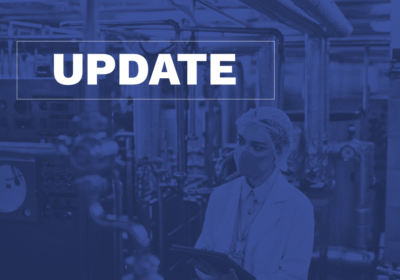On June 27, 2025, Health Canada’s Natural and Non-prescription Health Products Directorate (NNHPD) will release eight new monographs and revise three existing ones. These updates are part of Health Canada’s continued efforts to maintain regulatory guidance that is accurate, up to date, and reflective of current evidence and product trends.
What are NHP Monographs?

NHP monographs are official reference documents published by Health Canada that outline permitted health claims, dosage ranges, risk statements, and conditions of use for specific medicinal ingredients. They serve as essential tools in the product licensing process, allowing companies to rely on “pre-cleared information” instead of submitting full evidence packages to demonstrate safety and efficacy. By using these monographs, companies can reduce administrative burden, shorten review timelines, and bring safe, effective products to the Canadian market more efficiently.
Why are NHP Monographs being updated?
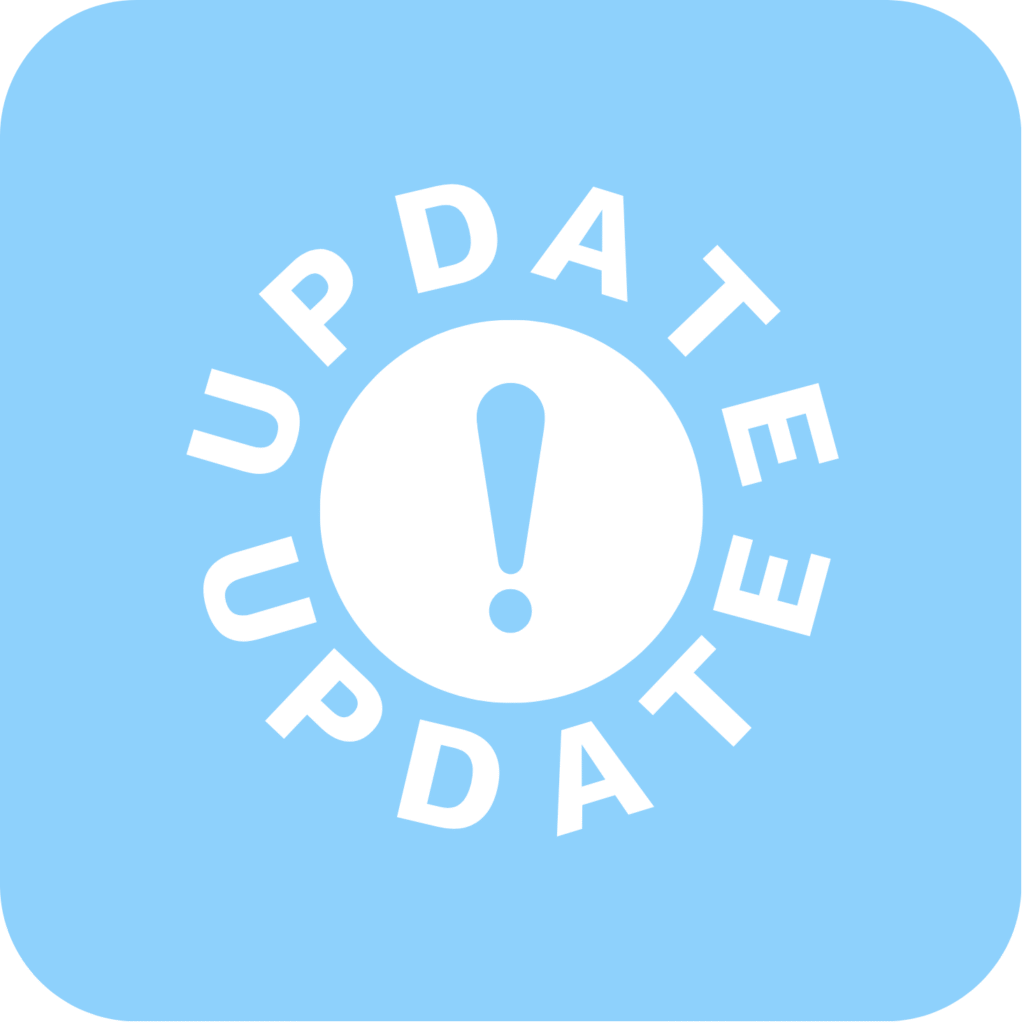
Health Canada routinely reviews and updates its NHP monographs to ensure they reflect the latest scientific evidence, align with international best practices, and incorporate stakeholder feedback. This round of updates focuses on harmonizing claims and durations of use across similar ingredients, updating bilingual labelling language, and simplifying formatting to enhance clarity for both regulators and consumers.
These updates also support the objectives of the Self-Care Framework, which seeks to modernize the regulation of low-risk health products in Canada by streamlining processes and increasing transparency. By keeping guidance documents and monographs current, Health Canada helps safeguard public health while enabling more efficient, predictable product development and licensing for industry stakeholders.
What changes are taking place?
The following eight monographs will be updated to reflect the most current scientific evidence:
- Papain
- Peppermint
- Cellulase
- Indole-3-carbinol
- Red clover isoflavone extracts
- Chlorella
- Chymotrypsin
- Trypsin
Each monograph includes standardized guidance on permitted uses, source materials, and cautionary statements, incorporating the latest evidence since the previous update. This ensures that both existing and new products referencing these monographs are supported by substantiated claims and up-to-date risk information.
Additionally, minor but meaningful updates were made to the following monographs:
DIM (3,3’-Diindolylmethane)
What changes are implemented?
- Added combination rule for Class II and III products
- Removed specific storage condition wording
- Adjusted Product Facts Table formatting
Panax ginseng
What changes are implemented?
- Added “over time” to adaptogen claim to align with the Cognitive Function monograph
- Standardized duration of use from months to weeks for consistency with Workout Supplements monograph
Alpha-lipoic acid
What changes are implemented?
- Revised Product Facts Table formatting
- Updated French risk statements for consistency with current approved language (e.g., consulter vs consultez)
How do the NHP Monograph updates impact licence holders?

Health Canada’s NNHPD monographs are updated periodically to reflect the latest scientific evidence and regulatory priorities. If your product is affected by a revision, you’ll be expected to make the necessary updates, either within three years, at your next label run, or as part of a post-licensing change (like an amendment or notification), whichever comes first. If a change is made for safety reasons, Health Canada may set shorter timelines and will provide clear instructions.
For companies involved in product development, regulatory affairs, or labelling, this means it’s important to stay on top of monograph updates. These changes may require:
- Reviewing and updating product claims and dosages
- Ensuring bilingual labels reflect revised French wording
- Adjusting duration of use statements
- Reassessing current or upcoming submissions to ensure alignment with the latest pre-cleared information

Being proactive can help avoid unnecessary delays, refusals, or post-market compliance issues, ultimately keeping your product on shelves and in the hands of consumers.
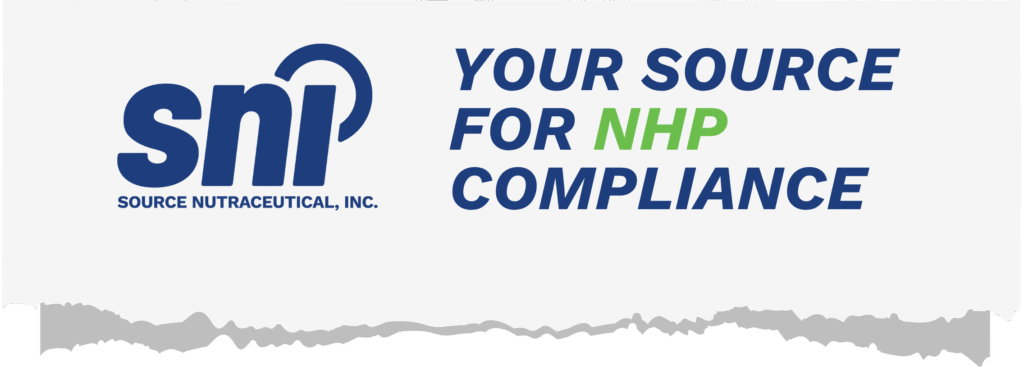
Need expert guidance on these updates or support with your product strategy? Our regulatory team specializes in NHP compliance, product licence applications, bilingual label reviews, quality assurance, and import-related requirements. Get in touch to ensure your next submission is smooth, successful, and market ready.
💡 Book a discovery call today to streamline the process and succeed in the Canadian market!
📩 info@sourcenutra.com
FAQ
What is an NHP monograph?
A Natural Health Product monograph is a scientific guidance document published by Health Canada. It includes information on dosage, permitted health claims, source materials, risk statements, and directions for use.
Why does Health Canada publish monographs?
Monographs reduce uncertainty for industry and regulators by providing clear, pre-reviewed standards. They help ensure product consistency, safety, and efficacy, while enabling a faster path to market.
Where can I find current NHP monographs?
You can access them through the Health Canada Monograph Index or the Natural Health Products Ingredient Database (NHPID).
How do monographs simplify product licensing?
If a product fully complies with the conditions outlined in a Health Canada monograph, it may qualify for the Class I notification pathway, which requires fewer supporting documents and offers a significantly faster review process compared to Class II or III applications.
Monographs also play an important role in Class II and III submissions. Class II applications often rely on multiple monographs to support safety and efficacy, while Class III applications may use monographs alongside new evidence to justify ingredients or specifications that fall outside existing monograph parameters. In all cases, monographs help streamline the review by providing a clear regulatory benchmark.
What happens if a monograph is updated?
If your product is affected, you are generally expected to update your labelling or product licence within three years, or during the next print run, whichever comes first. Amendments may also be required to ensure compliance.
